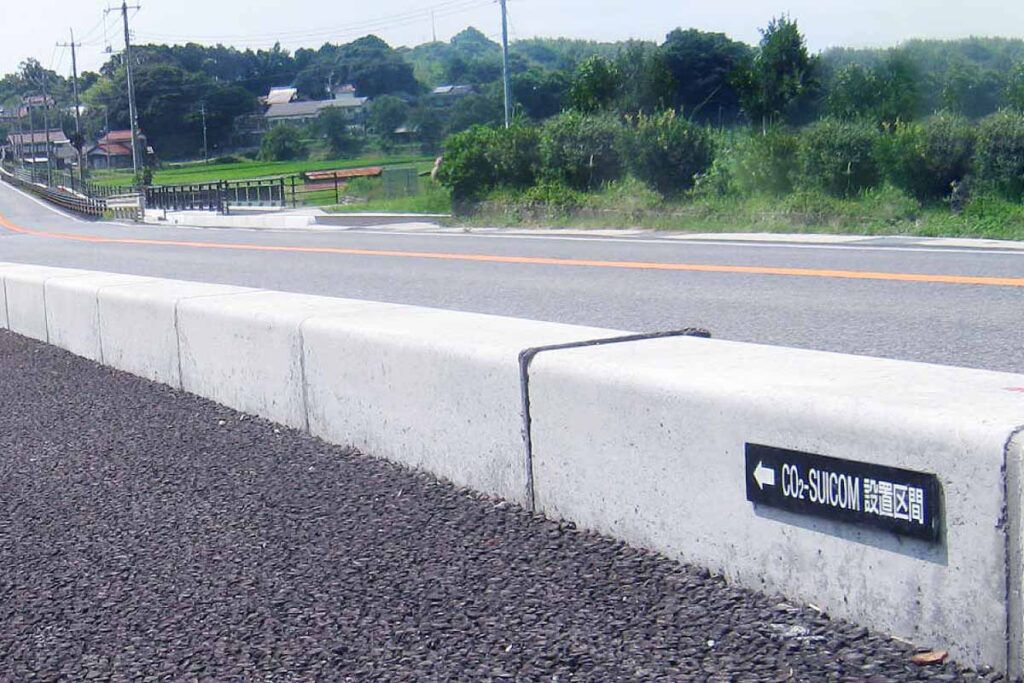An innovative start-up from the Massachusetts Institute of Technology (MIT) has recently announced the development of a revolutionary sustainable cement. Unlike traditional processes that generate significant carbon dioxide emissions, this new cement is designed to emit zero CO2 while maintaining high structural performance. This project addresses an urgent need to reduce the carbon footprint of the construction industry, which is one of the most polluting sectors in the world. By integrating advanced techniques and renewable materials, this initiative could mark a decisive turning point towards more eco-friendly and sustainable construction.
The Technology Inspired by the Romans

The cement used in Roman times demonstrated great durability despite ancient production techniques. The innovation of Sublime Systems draws inspiration from this antiquity while integrating modern advances to meet contemporary standards.
The Electrochemical Process
Sublime Systems, a spin-off from MIT, has developed an alternative to Portland cement using electrochemistry instead of ultrahigh temperatures, thus avoiding the massive CO₂ emissions associated with it. This revolutionary process eliminates the need for limestone, of which nearly 50% of its weight is made up of CO₂.
Environmental Impacts
According to the International Energy Agency, cement production is responsible for about 7% of global anthropogenic CO₂ emissions. Sublime Systems’ method could significantly reduce this carbon footprint by dispensing with fossil fuels and limestone.
Early Successes and Industrial Production
In May, Sublime achieved a major milestone by pouring 3 tons of its cement into the largest net-zero emissions commercial building in the Seaport district of Boston. The company is currently building a large-scale manufacturing plant in Holyoke, which will produce 30,000 tons of cement per year starting in 2026.
Innovation and Partnerships
The journey of Sublime Systems is an example of the collaborative impact of MIT. The company has benefited from the institute’s conducive innovation environment and its numerous support programs for scientific entrepreneurs. The initial success in Boston could quickly be replicated in other regions of the world.
Key Points List
| Electrochemical Process | Elimination of CO₂ emissions |
| Reduction of Carbon Footprint | Use of abundant materials |
| Large-Scale Production | Factory in Holyoke by 2026 |
| Strategic Partnerships | Initial success in Boston |

? ?️ De l'exploitation minière à la construction et au-delà, Nous vous procurons:
— Mugale Industries (@MugaleInd) July 30, 2024
✅ Matériel et Pièces de Rechange Fiables
✅ Ciment Durable
✅ Chaîne d'Approvisionnement Stable
✅ Partenariats de Confiance
?visitez-nous sur https://t.co/AuDZCSSCLD !
#sustainability #Mugale
Articles similaires
Thank you!
We will contact you soon.














